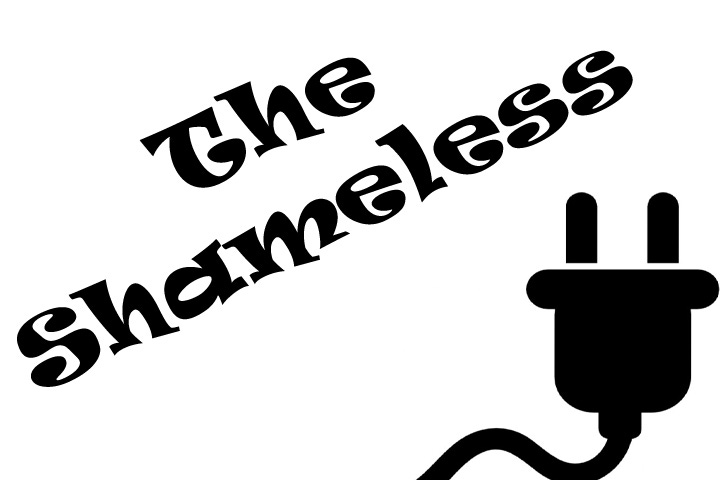How Kindergarten Evolved in America
The philosophy that young children learn best with play and creative activities started with kindergarten education.
Issue #143 Education October 5, 2022
No ads or annoying popups ever! So instead, please see the important information at the bottom of this post. Please keep those “Likes” and comments coming! Thanks!
Today, the benefits to children of early childhood education are generally known, but prior to the mid-19th century, children were usually not schooled before about age 7. The prevailing belief at that time was that young children did not have the ability to focus on the development of their cognitive and emotional skills.
Free public education in the United States started around 1840, but most schools taught only basic literacy starting in first grade and ending in 8th grade.
Free public kindergarten started in America around 1860 but did not become widespread until the middle of the 20th century.
The name is kindergarTEN, not kindergarDEN
“Kindergarten” is a German word coined by educator Friedrich Froebel in 1840. It translates to “child’s garden” in English, which is why it is often mispronounced.
Froebel believed that “Children are like tiny flowers...each is beautiful alone and glorious when seen in the community of peers.” Froebel also believed that children should be “guided” not “taught” by their teachers and that their early education should consist of self-directed play and exploration, including in nature.
Froebel intended that his kindergarten include recognition and appreciation for patterns in nature and the introduction of basic concepts of science, geometry, and architecture. He wanted the children to use materials such as clay, sand, paper, and string to sculpt, weave, and fold in order to stimulate their imagination, creativity, and ingenuity.
The four basic pillars of Froebel’s philosophy of education were free self-expression, creativity, social participation, and motor expression.
The evolution of kindergartens in the United States
The first kindergartens in America were opened by German immigrants who were followers of Froebel, and the schools were German language schools.
In 1860, Elizabeth Palmer Peabody, who had been teaching for decades, opened the first English-language kindergarten in the United States and eventually helped to build the kindergarten movement in America. The first public-school kindergarten opened around 1870 in St. Louis, and by 1880, there were more than 400 kindergartens in 30 states, with kindergarten teacher training schools in every major city.
It wasn’t until the mid-twentieth century that kindergartens were routinely included in state-funded public elementary schools, and many states did not require kindergarten attendance until the end of the 20th century. Mississippi was the last state to mandate and fund kindergartens in 1986.
Today, the primary purpose of kindergarten has changed from proving child-centered education to preparing for first grade and the teaching of subject matter has replaced most of the free-play and creative learning of the original kindergarten models. Half-day kindergarten has expanded to a full day, and most teachers are expected to have degrees in early childhood education.
My Thoughts
As a retired educator of all grades from Pre-K through university levels, I have mixed feelings about mandatory kindergarten for all children.
While I believe that early childhood education is valuable, it must be realized that children learn and mature at different rates. Just as children learn to walk and talk at different ages, children learn to read and understand and develop other skills at different ages.
I still believe that most of the curriculum prior to 1st grade should be play-based and social and creative skills should be introduced before forced academic skills.
One year, when I was a first-grade teacher, a mother enrolled her daughter in 1st grade as the child’s first experience with a classroom setting. The little girl had no social skills and no idea how to act in a group setting.
On the other hand, expecting all children to be able to read and write by age five is totally unrealistic. Some children are reading by age three while others don’t learn to read until 3rd grade.
I feel that today, in many instances, school is considered to be more of a free daycare center and babysitting service than an educational institution that takes into consideration how children learn and develop.
Did you and/or your children attend kindergarten? What do you remember about the experience? Let us know in the comments!
Help us to grow!
“We Are Speaking” is a reader-supported publication. To receive new posts and podcast episodes and to support our work, consider becoming a free or paid subscriber. We publish 7 days/week and 28+ issues/month. You. can upgrade your free subscription to the paid level. It costs monthly and annual paid subscribers less than 35¢ an issue. Thank you!

Thank you for checking out some of the books and businesses of the TeamOwens313 Global Creative Community:
Detroit Stories Quarterly (DSQ) Afro-futurism Magazine
The Mayonnaise Murders: a fantasy mystery novel by Keith A. Owens
The Global Creative Community Membership Site: Networking and Monthly/Weekly Topics for Independent Writers and Creative and Solo Professionals
The Global Creative Community Brand and Marketing Academy: Training and Group Coaching for Independent Writers and Creative and Solo Professionals
Pam’s Branding and Marketing Articles for Independent Writers and Creative and Solo Professionals on LinkedIn
“We Are Speaking” is a reader-supported publication. To receive new posts and podcast episodes and to support our work, consider becoming a free or paid subscriber.




